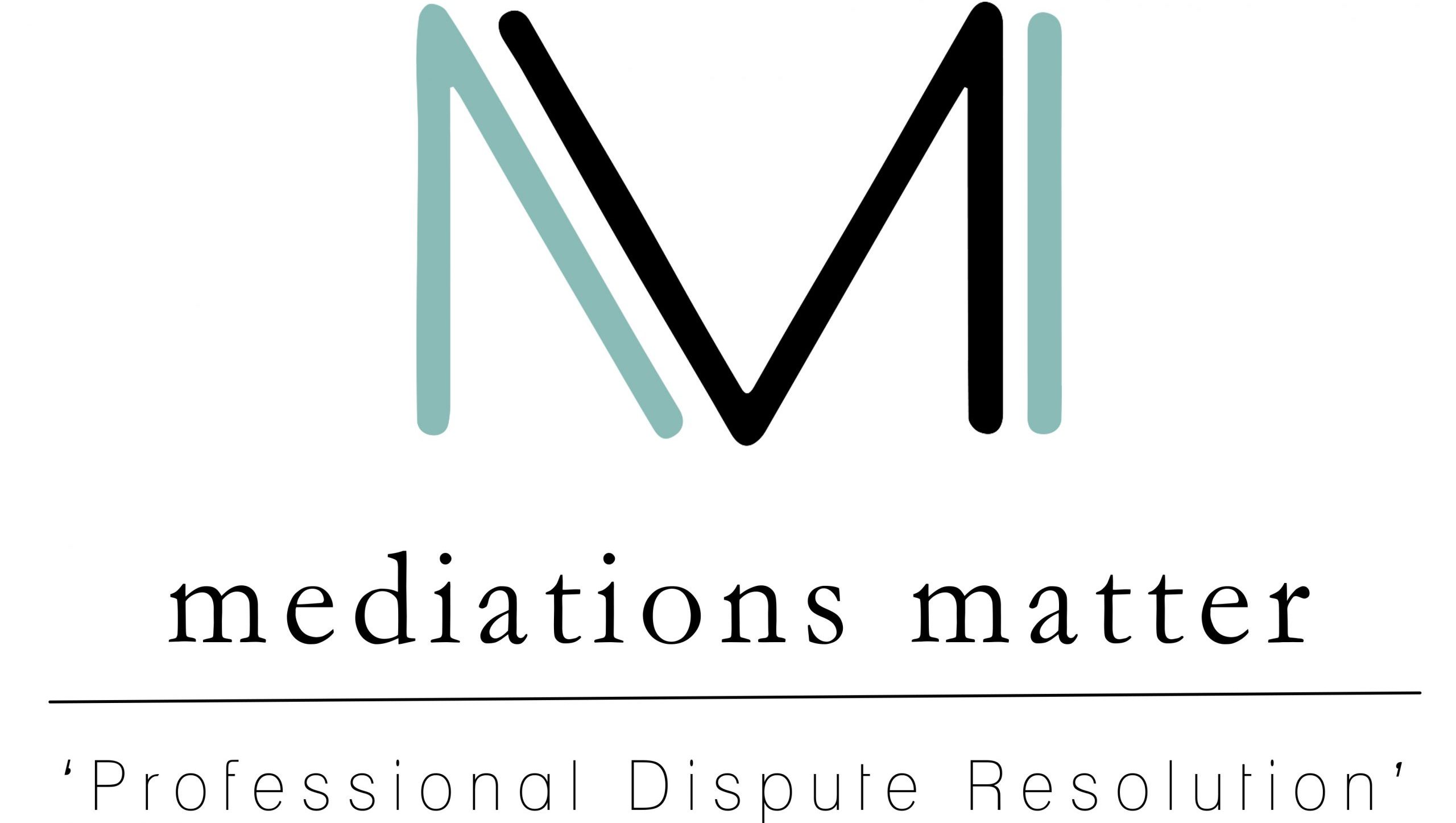High conflict situations can be challenging to navigate, but with the right approach, it is possible to find a resolution that works for all parties involved. Mediation is one effective method for resolving high conflict scenarios, as it allows for open communication and active listening in a safe and neutral environment.
The first step in mediating a high conflict scenario is to establish clear ground rules for communication. This includes setting boundaries for behavior, such as refraining from personal attacks or interrupting one another. It is also important to establish a clear agenda for the mediation session, so that all parties understand the goals and objectives of the meeting.
Next, it is essential to actively listen to all parties involved in the conflict. This means not only hearing what they have to say, but also understanding their perspective and acknowledging their feelings. By listening actively and empathically, the mediator can help build trust and establish a foundation for productive communication.
Once all parties have had an opportunity to speak, the mediator can begin to facilitate a discussion to help find common ground and explore possible solutions. This may involve brainstorming ideas, identifying underlying issues, and working to find a mutually-beneficial resolution.
It is important to remember that mediation is not about finding blame or assigning fault, but rather about finding a solution that works for all parties involved. Mediators should remain neutral and avoid taking sides, and help the parties to focus on finding a solution that addresses their underlying concerns and needs.
Throughout the process, the mediator should encourage open communication and active listening, while helping to maintain a safe and neutral environment. This will help to build trust and establish a foundation for productive communication, allowing the parties to work together to find a resolution that is fair and equitable for all involved.
In conclusion, mediating high conflict scenarios can be challenging but with clear boundaries, active listening, and a neutral approach, it can be an effective method for resolving disputes. It is important to remember that the goal is to find a solution that works for all parties involved, not to assign blame or fault. Mediation can be a powerful tool to find a solution that addresses underlying concerns and needs.

